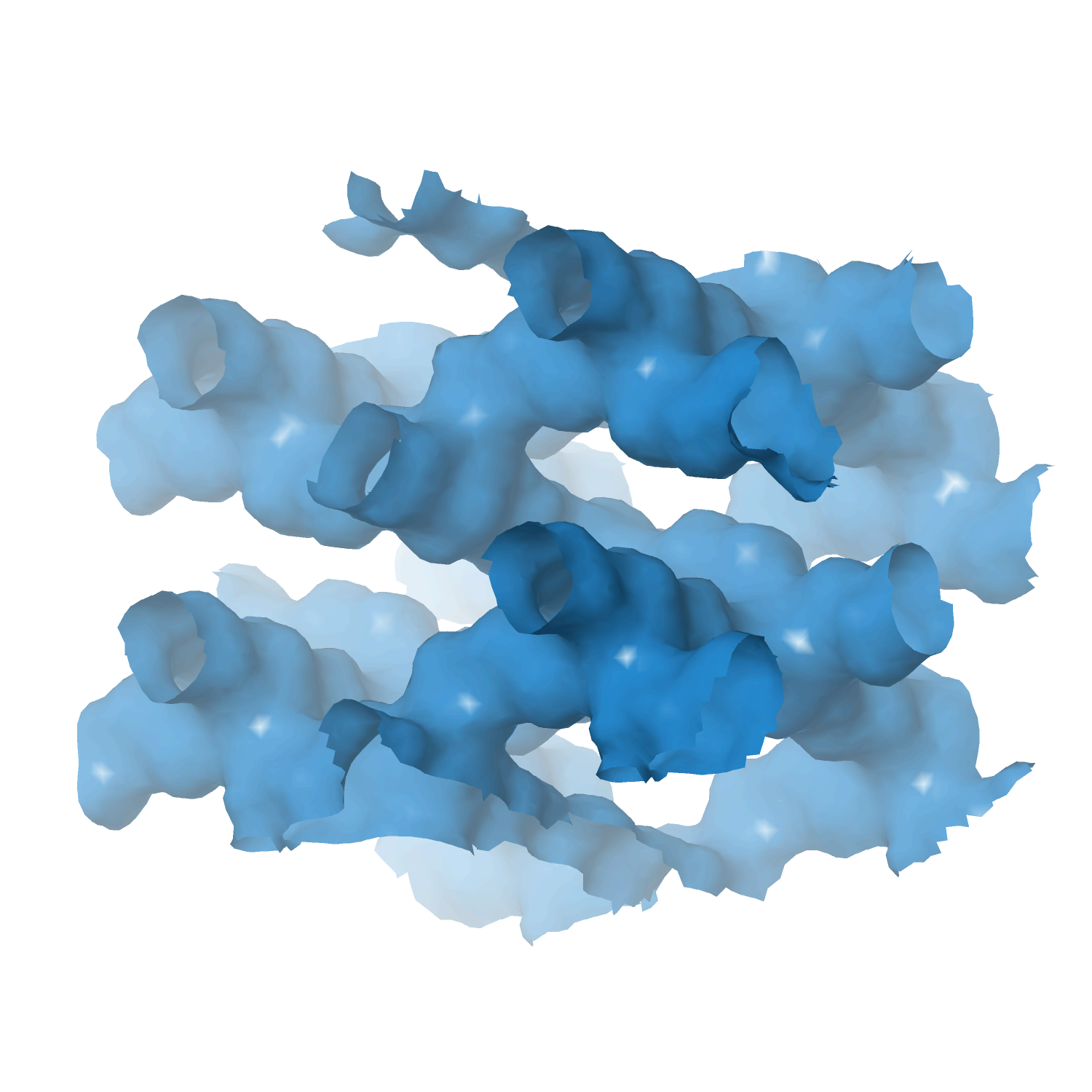Heterogeneous catalyst engineering ⇒ from stable and deactivation resistant to viable technical catalyst
Advances in heterogeneous catalyst “structure” are driven to improve their “function” or performance, i.e., activity, selectivity, and stability. Cooperative research is required to understand the structure and function relationships: developing new synthesis protocols for heterogeneous catalysts with unique surface properties, defined porosity, identification and understanding of catalytically active sites, reaction mechanisms, and finally, prediction and analysis of the processes using various computational tools.
Our group focuses on developing new catalyst formulations using innovative synthesis routes for various important heterogeneous catalysts. That includes thermal, electro, and bio-electro catalysis.
The active phase cannot be used directly in its final application or reactor for various reasons, including poor mechanical resistance, heat or mass transport, and fluidization features. We must mix the active phase with other ingredients in a matrix of binder and filler, while we shape it into a technical catalyst. We investigate new synthetic protocols for technical catalysis using spray drying and fluidized beds to cover the whole range of sizes. At the same time, we incorporate additional (unconventional) ingredients such as SiC to improve some features even further.
- Technical catalyst I ⇒ spray drying and extrusion
- Technical catalyst II ⇒ spray fluidized bed reactor
- Technical catalyst III ⇒ electrospinning
- Zeolite catalysts ⇒ with defined structure/porosity
- Multi-metal (high entropy) alloy catalysts
- MXene catalysts ⇒ single and multi-dimensional
- Perovskite catalysts
- Metal-organic framework (MOFs) catalysts
- Supported metal/metal-oxide catalysts
- Aerogel catalyst
Dispersing zeolite in technical catalyst particles using a top spray fluidized bed reactor for methanol to hydrocarbons reaction
by
Alkadhem, Mohamed, Hoffmann, Fan, Musteata, Ogg, Ruiz-Martinez, Tsotsas, Castaño
Chem. Eng. J.
Year:
2025
DOI:
https://doi.org/10.1016/j.cej.2025.161126
Abstract
This work investigates catalyst shaping in top spray fluidized beds and its impact on properties at different levels: particle growth stages, zeolite dispersion within the catalyst particles, and their combined effects on active site accessibility and activity in methanol to hydrocarbons (MTH) reaction. We examine the influence of process parameters such as viscosity, atomization, fluidization, temperature, slurry flow, and initial bed mass on particle size distribution and morphology. Dimensionless number analysis clarifies the dominant growth stage for a given set of process parameters. We elaborate more on optimizing the conditions that maximize zeolite, linked to smaller zeolite size, faster diffusion of probes such as 2, 2-dimethylbutane, and slightly higher activity (without violating the reaction mechanism). By optimizing the dispersion of zeolite through catalyst shaping conditions, we achieved 100 % zeolite utilization, compared to 70 % under non-optimized conditions. This improvement would have a significant impact on scaling this shaping technology.
Keywords
HCE
O2H
